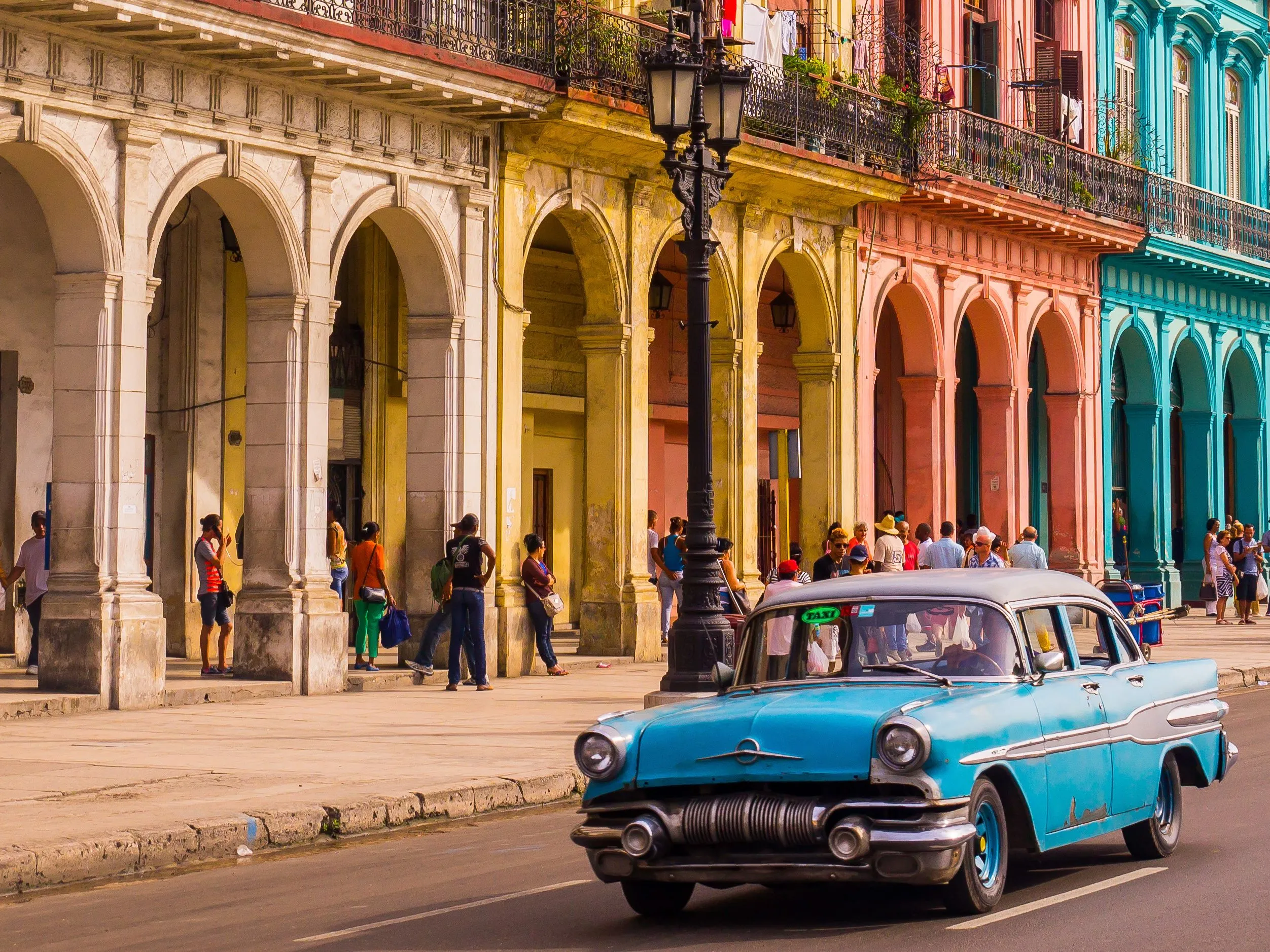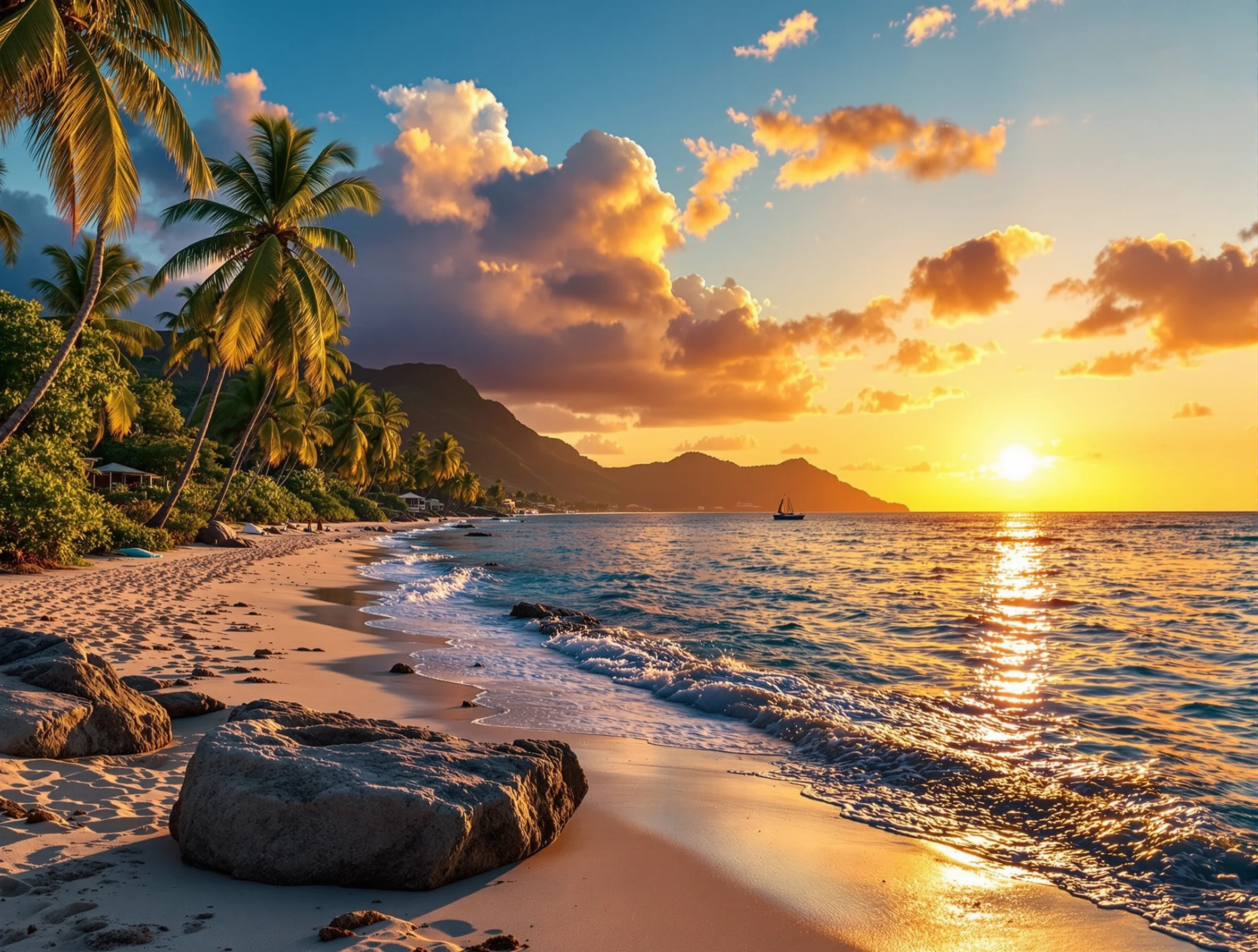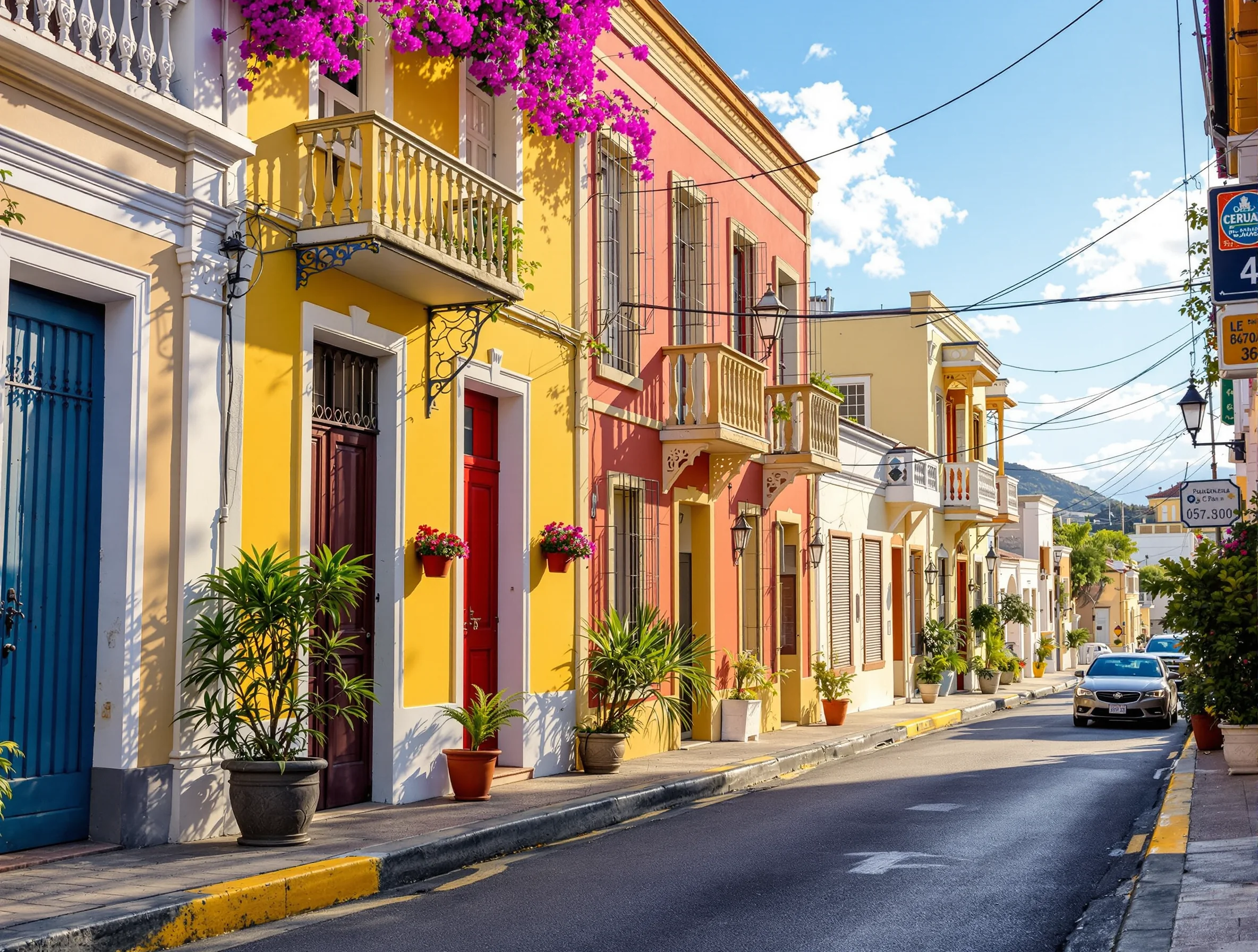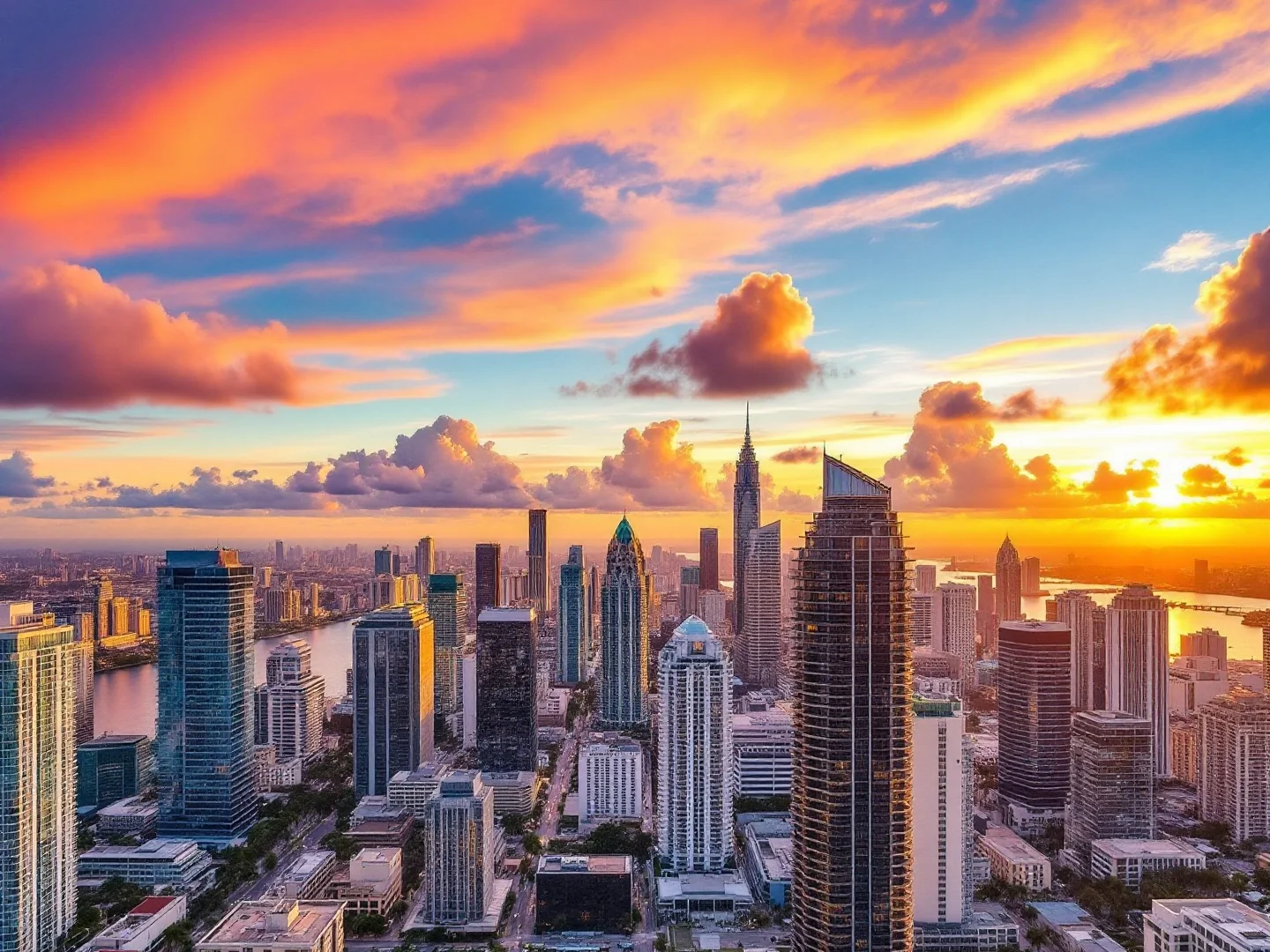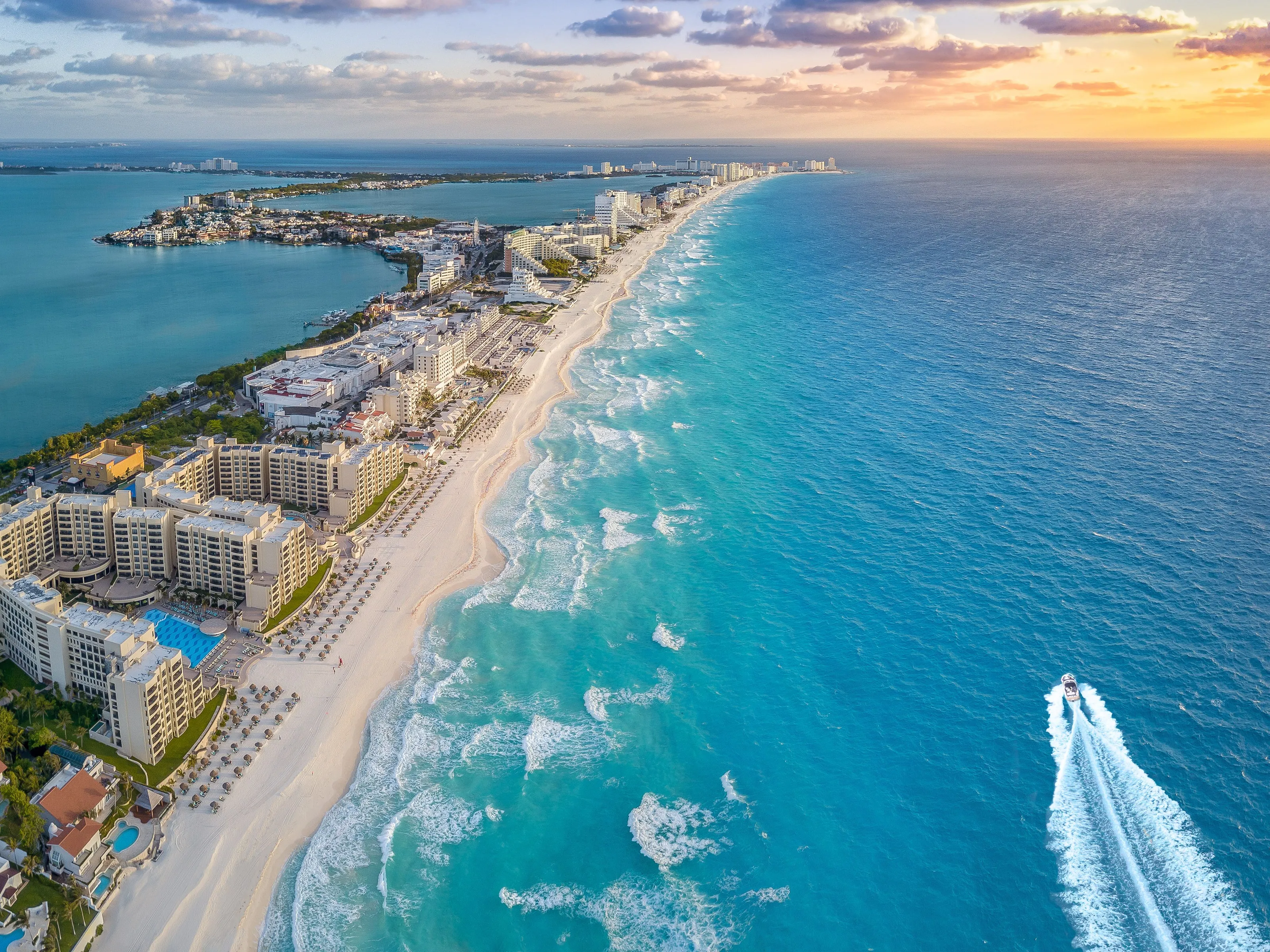Why Visit San José?
San José serves as Costa Rica's functional capital where most travelers spend minimal time before escaping to the country's true attractions—Arenal Volcano's lava flows, Monteverde Cloud Forest's zip-lines, Manuel Antonio's beaches and wildlife, Tortuguero's sea turtles, or Guanacaste's Pacific surf breaks—yet the city (pop. 2.2 million metro) offers pleasant stopover with Pre-Columbian Gold Museum (10,000+ golden artifacts, $15), Teatro Nacional's ornate 19th-century interior (coffee-funded opera house rivaling European theaters, $10 tours), and Mercado Central's chaotic food stalls serving casado (typical lunch plate with rice, beans, plantains, salad, and meat for $4–$6). Costa Rica's 'Switzerland of Central America' reputation stems from abolished military (1949), stable democracy, educated population, and emphasis on eco-tourism pioneering sustainable travel before it was trendy.
The phrase 'pura vida' (pure life) defines Costa Rican philosophy—relaxed, positive, no-worries attitude permeating daily life where stressed visitors decompress within days. San José sits at 1,150m in central valley providing temperate climate (15-27°C year-round) compared to humid coasts. Most travelers fly into SJO, maybe overnight near airport, then rental car or shuttle to destinations: Arenal (3hrs north, active volcano, hot springs, hanging bridges), Monteverde (4hrs north, cloud forest, zip-lining, bridges, quetzals), Manuel Antonio (3.5hrs south, national park beaches, monkeys, sloths), Caribbean coast (Tortuguero canal tours, Puerto Viejo reggae beach town), or Pacific Guanacaste (Tamarindo, Nosara surf towns).
Wildlife spotting excels: sloths, toucans, scarlet macaws, poison dart frogs, monkeys (howler, spider, capuchin), sea turtles nesting—guide-led tours dramatically improve sightings. Activities range from zip-lining through canopy to white-water rafting (Pacuare River), surfing both coasts, snorkeling, and simply relaxing in rainforest lodges where howler monkey alarms replace clock radios. The country packs incredible biodiversity into 51,000 km² (smaller than West Virginia)—6% of world's biodiversity in 0.03% of land surface, with 25% protected as national parks and reserves.
Yet Costa Rica isn't cheap—tourism infrastructure raised prices to near-US levels: budget $80–$120/day including lodging, meals, activities, with rental cars $40–$80/day and gas $5/gallon. Many tourists book all-inclusive beach resorts or adventure lodges ($150–$400/night) with meals and activities included. English widely spoken (highest level in Central America), US dollars accepted alongside colones, excellent roads (by Central American standards), and tourist safety make Costa Rica the region's easiest destination.
With no visa required for most nationalities (90 days), stable country status, and 'Switzerland' safety reputation, San José serves as gateway to one of world's premier eco-tourism destinations where rainforest adventures and beach relaxation merge under the pura vida philosophy.
What to Do
San José City Sights
Pre-Columbian Gold Museum
₡8,400 (~$15–$16) entry for over 1,500 gold pieces and ~3,500 artifacts total spanning 2,000 years of indigenous history. Located beneath Plaza de la Cultura downtown. Allow 1-2 hours. Intricate jewelry, ceremonial items, and burial offerings. English signage. Skip if short on time and heading straight to nature, but fascinating if you have a layover day in the capital.
Teatro Nacional
Ornate 19th-century opera house funded by coffee export tax, rivaling European theaters. Guided tours cost around ₡3,500 (~$7) for foreigners (about 45 minutes) showing marble staircases, gold-leaf details, and painted ceilings. Check schedule for evening performances. Located on Plaza de la Cultura. Coffee shop inside serves excellent Costa Rican brews.
Mercado Central
Chaotic covered market since 1880 with 200+ stalls selling everything from fresh tropical fruits to leather goods. Try casado lunch plates (₡4,000-6,000 / ~$6–$10)—rice, beans, plantains, salad, and meat. Best coffee souvenirs here at lower prices than tourist shops. Go morning for freshest produce. Watch belongings—crowded and popular with pickpockets.
Essential Nature Destinations (from San José)
Arenal Volcano & La Fortuna
3 hours north by car or shuttle ($50). Active volcano (lava visible at night historically, now dormant but still impressive cone). Hot springs at Tabacón ($85) or Ecotermales ($45 smaller and nicer). Hanging bridges ($26), zip-lining ($50–$80), and white-water rafting ($70–$100). Base yourself in La Fortuna town 2-3 nights. Most popular Costa Rica destination.
Monteverde Cloud Forest
4 hours north (part unpaved but doable in 2WD, or boat-jeep combo $35/person). Monteverde Reserve ($25 entry) with hanging bridges and quetzal sightings. Selvatura zip-lining ($50) one of best canopy tours. Perpetual mist creates ethereal forest. Cooler temps than coast. Coffee tours ($35). Budget 2 nights minimum.
Manuel Antonio National Park
3.5 hours south on Pacific coast. Costa Rica's most visited national park—pristine beaches meet rainforest. Sloths, white-faced capuchins, squirrel monkeys, iguanas guaranteed with guide ($25/person, 2 hours—spotting improves 10x). Park entry $18 has a weekly closed day and strict capacity limits—check official site and aim to arrive at 7am opening. Swimming in park beaches after wildlife walk. Stay nearby 2-3 nights.
Gallery
Travel Information
Getting There
- Airports: SJO
Best Time to Visit
December, January, February, March, April
Climate: Warm
Weather by Month
| Month | High | Low | Rainy days | Condition |
|---|---|---|---|---|
| January | 25°C | 17°C | 9 | Excellent (best) |
| February | 26°C | 16°C | 2 | Excellent (best) |
| March | 27°C | 16°C | 2 | Excellent (best) |
| April | 28°C | 17°C | 18 | Excellent (best) |
| May | 26°C | 18°C | 27 | Wet |
| June | 25°C | 17°C | 28 | Wet |
| July | 25°C | 17°C | 20 | Wet |
| August | 25°C | 17°C | 27 | Wet |
| September | 25°C | 16°C | 30 | Wet |
| October | 24°C | 17°C | 29 | Wet |
| November | 23°C | 17°C | 28 | Wet |
| December | 24°C | 16°C | 14 | Excellent (best) |
Weather data: Open-Meteo Archive (2020-2024) • Open-Meteo.com (CC BY 4.0) • Historical avg. 2020–2024
Budget
Excludes flights
Visa Requirements
Visa-free for EU citizens
💡 🌍 Traveler Tip (November 2025): Plan ahead: December is coming up and offers ideal weather.
Practical Information
Getting There
Juan Santamaría International Airport (SJO) is 20km northwest in Alajuela (NOT downtown San José). Taxis to San José $25–$35 (30min), to Alajuela hotels $10–$15 (10min). Many rent cars at airport and skip San José entirely. Shared shuttles available. Public bus $1 but complicated with luggage. International flights direct from US cities (3-5hrs), or via Madrid/US gateways. Second airport: Liberia (LIR) in Guanacaste for beach-focused trips (closer to northern Pacific beaches).
Getting Around
Rental car: best for multi-destination trips—freedom, scenic drives, access to remote lodges. Book in advance, 4x4 recommended, insurance mandatory ($15–$20/day extra), gas $5/gallon, roads okay but watch potholes. GPS essential. Shuttles: tourist vans connect major destinations ($50–$80/trip, book via hotels/agencies, door-to-door). Buses: cheap (₡3,000-10,000/$4–$13 long-distance), slow, local experience. Domestic flights: San José to Tortuguero, Drake Bay, Golfito (small planes, expensive $80–$150 but saves hours). In San José: taxis (red with meters, ₡3,000-8,000 across city), Uber works. Most rent car or book shuttles/tours—public transport slow for limited vacation time.
Money & Payments
Costa Rican Colón (CRC, ₡). Exchange rates fluctuate—check your banking app or XE/Wise for current CRC↔USD/EUR rates. US dollars widely accepted—hotels, restaurants, tours often price in USD, give change in colones. ATMs everywhere (withdraw colones or USD). Cards widely accepted. Tipping: 10% service charge usually included in restaurant bills (propina), extra tip if exceptional. US$1–$2 for small services. Mix of USD and colones works fine—most tourists pay big items in USD, small purchases in colones.
Language
Spanish is official. English widely spoken—highest level in Central America, especially in tourism. Signs bilingual, menus in English, guides speak English. Young Ticos (Costa Ricans) educated in English. Basic Spanish still useful for local restaurants and non-tourist areas. Communication easy—one of region's easiest for English speakers. Common phrases: Hola, Pura vida (hello/goodbye/everything good), Gracias.
Cultural Tips
Pura vida: national motto meaning 'pure life'—used for hello, goodbye, I'm good, no worries, everything. Reflects relaxed Costa Rican attitude. Ticos: what Costa Ricans call themselves—friendly, welcoming, proud of their country. No military: Costa Rica abolished army 1949—proud tradition, money went to education/healthcare. Eco-tourism leaders: respect nature (don't litter, stay on trails, don't feed wildlife). Slow pace: 'Tico time' is flexible—patience essential. Driving: aggressive, honking common (not angry, just communication), watch for potholes and livestock. Safety: generally safe but watch belongings (car break-ins at beaches). Tipping: service charge included but extra appreciated. Casados: typical lunch—rice, beans, plantains, salad, meat (₡4,000-6,000, filling and good value). Sodas: small family restaurants (not soda drinks!)—cheap, authentic food. Wildlife: don't approach or feed (sloths, monkeys, crocodiles all dangerous). Leave turtle nests alone. Zip-lining: trust equipment but follow instructions. Pura vida attitude is contagious—relax and enjoy!
Perfect 7-Day Costa Rica Itinerary
Day 1: Arrive & Arenal Volcano
Day 2: Arenal Activities
Day 3: Drive to Monteverde
Day 4: Monteverde Adventures
Day 5: Drive to Manuel Antonio
Day 6: Manuel Antonio National Park
Day 7: Return to San José & Depart
Where to Stay in San José
San José Downtown
Best for: Gateway city, museums, markets, theater, functional not beautiful, skip if short on time
Arenal (La Fortuna)
Best for: Active volcano, hot springs, adventure activities, zip-lining, rafting, waterfalls, iconic
Monteverde
Best for: Cloud forest, hanging bridges, quetzals, zip-lining, cooler climate, misty rainforest, wildlife
Manuel Antonio
Best for: Beach national park, sloths, monkeys, perfect combo of nature and beach, most popular park
Frequently Asked Questions
Do I need a visa to visit Costa Rica?
What is the best time to visit Costa Rica?
How much does a trip to Costa Rica cost per day?
Is Costa Rica safe for tourists?
Should I rent a car in Costa Rica?
Popular Activities
Top-rated tours and experiences in San José
Ready to Visit San José?
Book your flights, accommodation, and activities

